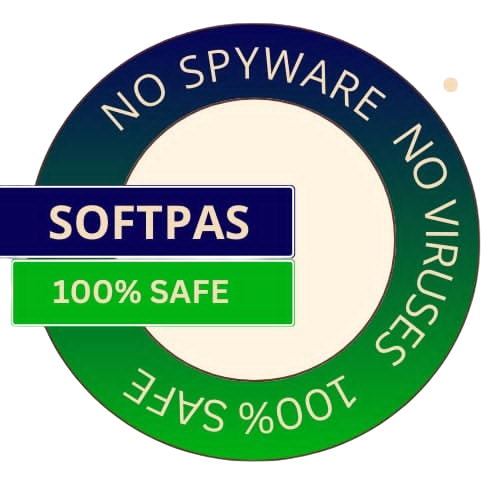
Get the best deals on your favorite games
LKL is a userspace keylogger that works on Linux and is designed for the x86 architecture. It's pretty cool because it sniffs and logs everything that goes through the hardware keyboard port (0x60). It even translates keycodes to ASCII using a keymap file.
The configure shell script is your first step. This script tries to guess the right values for different system-specific variables you'll need during compilation. Once it figures things out, it creates a Makefile in each directory of the package, along with some .h files with system definitions.
After that, it generates a shell script called config.status. You can run this later to recreate your current setup. It also makes a file named config.cache, which holds test results to speed up reconfiguring in the future, plus a config.log file for compiler output—super handy for debugging!
If you find yourself needing to do something unusual when compiling, try figuring out how configure could check for those changes. If you come up with something useful, drop an email with your suggestions to the address in the README. They might consider it for the next release!
If at any point you want to delete or modify anything in config.cache, feel free! Just keep in mind that it's there to help.
The file configure.in helps create configure, using something called autoconf. You’ll only need this if you're planning on making changes or regenerating it with a newer version of autoconf.
First off, go into the directory where you've got your package's source code and type:
./configureFor older System V versions running csh, use:
sh ./configureRunning configure might take some time while it checks various features.
makemake checkmake installmake clean.Here's how you can remove configuration files too:
You can use:
everything else gets cleaned up too by typing:
but remember that this
Go to the Softpas website, press the 'Downloads' button, and pick the app you want to download and install—easy and fast!

SoftPas is your platform for the latest software and technology news, reviews, and guides. Stay up to date with cutting-edge trends in tech and software development.
Subscribe to newsletter
© Copyright 2024, SoftPas, All Rights Reserved.